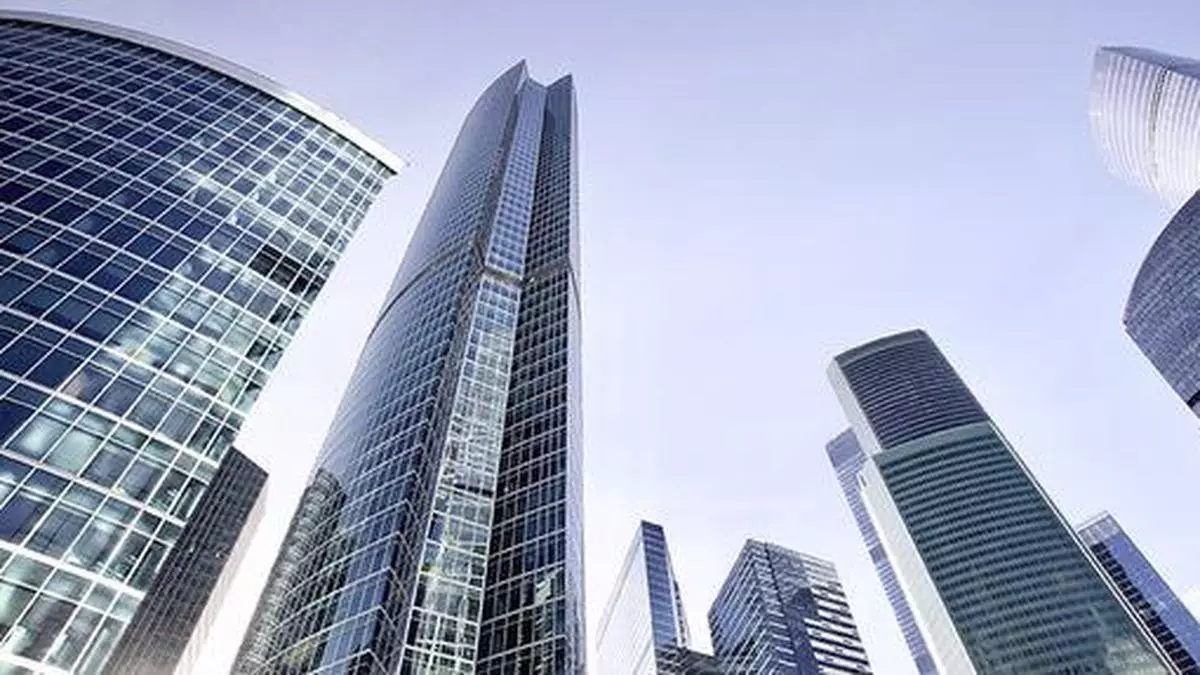Surge in bank credit to CRE linked to high demand for office and warehouse space
Bank credit to the commercial real estate sector rose to ₹4.85 lakh crore outstanding as of July 26, 2024, from ₹4.38 lakh crore on July 28, 2023. The loan growth driven by higher activity in office leasing and stable, predictable cash flows, while other segments, such as warehousing, data centres, and retail, are also becoming more attractive.
While growth this year has slowed to 10.6 per cent compared to 44.9 per cent last year, it is on a higher base, and the period 2022-23 saw unprecedented commercial activity after the lull seen during the pandemic years.
Office leasings
According to several independent property consultants, office leasing is expected to be between 50 and 60 million square feet in 2024. In the first half, leasing crossed 29 million square feet, a rise of 19 per cent year over year. In the June quarter, leasing activity increased 50 per cent across Mumbai, Delhi-NCR, and Bengaluru, three major office markets in the country.
“Indian commercial real estate is highly attractive to banks for lending due to its potential for high returns, low vacancy rates, and strong long-term corporate tenants in sectors like IT, ITES, BSFI, cutting edge RD, engineering design and services, co-working and managed offices,” said Saurabh Shatdal, Managing Director, Capital Markets and Head-Retail, Cushman & Wakefield.
Global Capability Centres are, to some extent, driving the demand for office space in India. According to C&W, India is projected to have 2,400 GCCs by 2030, up from 1600 now.
CRISIL ratings
CRISIL Ratings, which is upbeat on the sector, said in a note that improved absorption will stem rising vacancy levels, partly aided by denotification in underperforming special economic zones (SEZs) units. “This will improve cash accruals of CRISIL rated CRE entities and, in turn their credit profiles.”
A CRISIL Rating analysis of office space owners with a debt of over ₹70,000 crore and total leasable area of 150 million square feet, accounting for a fifth of Grade A office space in seven top cities, indicated as much.
The buoyancy is not only in office space but in other emerging segments in the commercial sector as well.
“It’s important to note that while traditional office spaces remain a key focus, other segments like warehouses, data centers and even retail spaces such as malls are gaining traction,” said Himanshu Jain, VP, Sales, Marketing, Satellite Developers. “This diversification reduces the overall risk for lenders, as these segments offer stable and often long-term revenue streams.”
Data centre investments
The entry of big industrial conglomerates such as the Adani and Ambani groups and private equity giants such as Blackstone in logistics and data centres, has created confidence among lenders with respect to the stability of cash flows. India’s total data centre capacity is projected to increase over three times to 3.3 GW by 2028, while warehousing stock is seen rising over 50 per cent to close to 600 msf by 2027. In the first half of 2024, warehouse leasing rose 25 per cent to over 24 msf.
